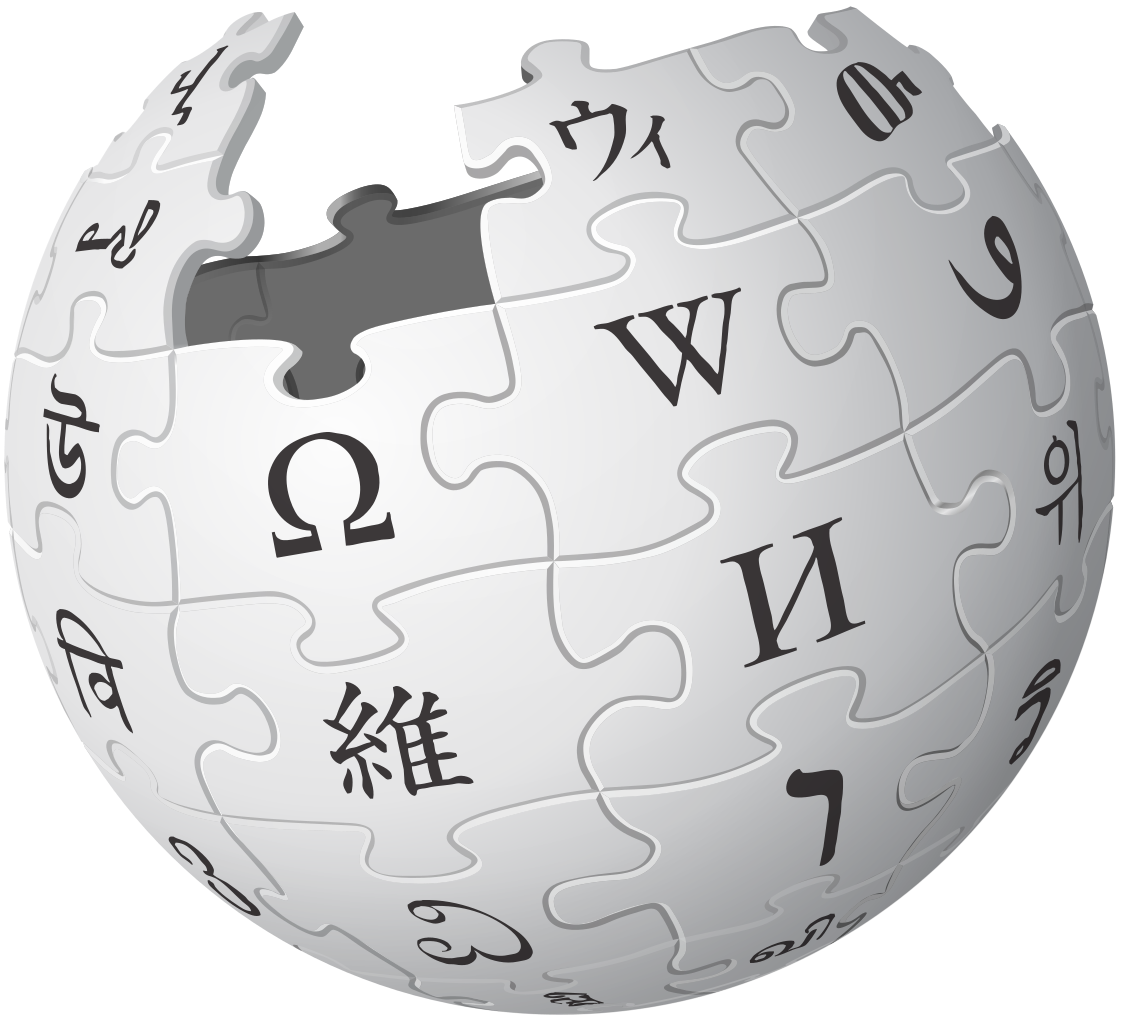

 Wikipedia Sitemap |
|
|  Useful Links 1 Useful Links 2 |
In September, came what was to be known as "Crazy Tuesday". That was when the whole German army was on the run in Holland.
The allied troops had started their drive north. Airborne troops in huge gliders had landed north of the big rivers, accompanied by paratroopers. At the same time, ground troops started to cross the rivers. It was a beautiful sight to see the despised, hated, ragged enemy run back towards their own country.
The underground and ordinary citizens helped to make their trip home more pleasant by sprinkling roofing nails and other debris on the highways and byways. The Germans did not appreciated that a bit. The ones who still had autos tied brooms on the bumpers in front of the tires hoping to sweep the nails out of the way. Did it help any? I doubt it.
Those were the lucky ones, who still had Erzats gasoline, stinky stuff made out of coal. Most had to walk or had stolen horses and wagons. Some tried to get home on wooden tired bikes, also stolen.
I talked to an old German soldier whose horse was "on his last leg" so to speak. I said, "You cannot win the war with this equipment." He said "Yes, we will, because this is Hitler's secret weapon". He laughed about it because he knew it was over.
At that time, Hitler was always boasting about his secret weapon. Of course he had the atomic bomb in mind, but nobody realized what he was talking about, so it was dismissed as talk from a warped mind. Only the very young still believed in him. They were brain washed so thoroughly that they believed anything to keep the morale up.
However, the morale was gone this Tuesday. It was a pitiful looking bunch of stragglers: uniforms dirty, torn, some wore partly civilian clothes. Hungry too, I believe. That evening, one group had a calf tied behind the wagon. Two of us followed them for a distance to try to get hold of that calf. No luck - they were guarding it and kept a close eye on their supper.
Related resources:
Dolle Dinsdag (Crazy Tuesday) German soldiers flee. From Anne Frank's History. In 1933, Anne Frank's family moved from Frankfurt, Germany to Amsterdam, Netherlands. In May 1940, the Germans invaded Amsterdam. On 'Crazy Tuesday': "Like many other German soldiers they left quickly on hearing rumours that the Allies are nearby. 60,000 NSB members leave for Germany but this is premature. It will take another 8 months before the Allies really arrive."
Hunger Journeys - Exposition in Auschwitz. The south part of the Netherlands is liberated. "On 5 September 1944 (Crazy Tuesday), reports arrived that the allies were already in Breda and that the rest of the Netherlands would be liberated within days. However, the size of the Allied forces was still too small to continue north. North-Netherlands would only be liberated in May 1945 and had to withstand the Winter of Starvation."
Resistance Memorial Klein - Valkenisse. Six victims (ranging in age from 17 to 49) were executed in the dunes near Klein-Valkenisse, Netherlands in September 1944. "It is almost sure that the six victims have been convicted by means of court-martial for their actions against the [German] occupying forces."
"Andries Pieter Dieleman, 36 years of age, from Wissenkerke ... according to the verdict, Dieleman had assisted in disarming and put in prison German soldiers on September 5th (so called 'Crazy Tuesday' = the day that many Dutch falsely believed to be liberated and many Germans fled the country)."
"Wim Niesthoven, 28 years of age, was convicted for an act of sabotage which he committed in the evening of Crazy Tuesday after the curfew. Together with a friend he was breaking up the pavement and dug a hole in the road in order to make a car trap in the Poelendaeleweg / Kouderkerkseweg in Middelburg, which was an important through road for German units."
Cas Oorthuys - Photographs of resistance and hunger. "Cas Oorthuys becomes involved in the Ondergedoken Camera (the hidden Camera). This is a group of about 30 photographers which is established around Dolle Dinsdag (Crazy Tuesday), 5 September 1944. Their main goal is to photograph the liberation, but that's late in coming. Because of the increasing German terror and a terrible winter of hunger and starvation, resistance and hunger became the most important subjects for this group instead."